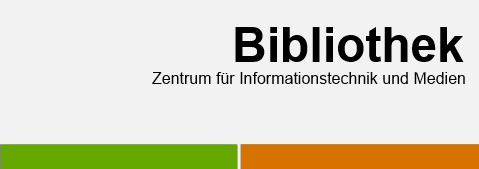Redefining Recon: Bridging Gaps with UAVs, 360° Cameras, and Neural Radiance Fields
- In the realm of digital situational awareness during disaster situations, accurate digital representations, like 3D models, play an indispensable role. To ensure the safety of rescue teams, robotic platforms are often deployed to generate these models. In this paper, we introduce an innovative approach that synergizes the capabilities of compact Unmaned Arial Vehicles (UAVs), smaller than 30 cm, equipped with 360° cameras and the advances of Neural Radiance Fields (NeRFs). A NeRF, a specialized neural network, can deduce a 3D representation of any scene using 2D images and then synthesize it from various angles upon request. This method is especially tailored for urban environments which have experienced significant destruction, where the structural integrity of buildings is compromised to the point of barring entry—commonly observed post-earthquakes and after severe fires. We have tested our approach through recent post-fire scenario, underlining the efficacy of NeRFs even in challenging outdoor environments characterized by water, snow, varying light conditions, and reflective surfaces.
| Verfasserangaben: | Hartmut Surmann, Niklas Digakis, Jan-Niklas Kremer, Julien Meine, Max Schulte, Niklas Voigt |
|---|---|
| URN: | urn:nbn:de:hbz:1010-opus4-44603 |
| Dokumentart: | Konferenzveröffentlichung |
| Sprache: | Englisch |
| Datum der Veröffentlichung (online): | 30.11.2023 |
| Datum der Erstveröffentlichung: | 12.11.2023 |
| Veröffentlichende Institution: | Westfälische Hochschule Gelsenkirchen Bocholt Recklinghausen |
| Datum der Freischaltung: | 29.01.2024 |
| Freies Schlagwort / Tag: | 360° Panorama; NeRF; Rescue Robotics; Small UAVs; Visual Monocular SLAM |
| Seitenzahl: | 6 |
| Erste Seite: | 1 |
| Letzte Seite: | 6 |
| Fachbereiche / Institute: | Fachbereiche / Informatik und Kommunikation |
| DDC-Klassifikation: | Informatik, Informationswissenschaft, allgemeine Werke / Informatik, Wissen, Systeme / Datenverarbeitung; Informatik |
| Lizenz (Deutsch): |  Creative Commons - Namensnennung - Keine Bearbeitung Creative Commons - Namensnennung - Keine Bearbeitung |




